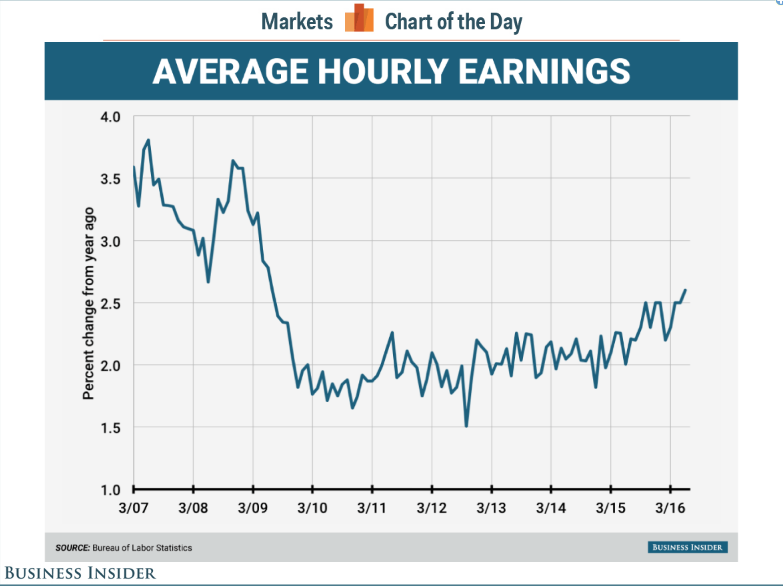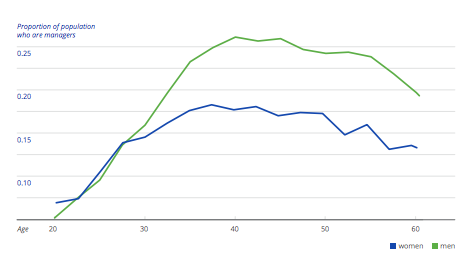If there is one constant in HR and Recruiting it is the fact that no one will ever agree on how much a bad hire costs an organization! Never! It doesn’t matter how much time you put into coming up with some algorithm, how much research to back up your numbers, it’s still going to be 90% subjective/soft numbers at best.
This is the main reason executives in our organizations think the majority of HR/Talent Pros in the world don’t get business! We come to them with stuff like this:
“We need to reduce turnover because of Engineer who leaves us, costs the company $7,345,876.23!”
Then you go through a 73 slide PowerPoint deck showing how you came up with the calculations all the way down the parking meter expense during the interview, and when you’re done, no one believes you’re even close to an actual number.
The gang over at National Business Research Institute put together a pretty good infographic proving my point – take a look:
97%+ of the ‘lost’ cost is from “Training” and “Productivity Loss” and those, my friends, are considered very subjective measures in almost all organizations. What that says is, ‘Oh, Jimmy isn’t working out – fire him – and because he wasn’t working out we lost ‘X’ percent of productivity over any other possible replacement (which in itself is a whole other leap)’. And, we lost 100% of training we put into Jimmy because he is now not here. Which again is subjective, since most training isn’t one-on-one, and resources used to train are almost always not used just on one person, etc.
What that says is, ‘Oh, Jimmy isn’t working out – fire him – and because he wasn’t working out we lost ‘X’ percent of productivity over any other possible replacement (which in itself is a whole other leap)’. And, we lost 100% of training we put into Jimmy because he is now not here. Which again is subjective, since most training isn’t one-on-one, and resources used to train are almost always not used just on one person, etc.
So, here’s a better way to figure out the cost of a bad hire:
1. Ask your head of finance or accounting what they think it costs? “Ballpark it for me?” $10K? Sounds great! We’ll use $10K.
2. Use $10K as your cost of bad hires.
Your reality, HR’s Reality, is it really doesn’t matter what the number is. Only that the powers that be in your organization all agree on the number. Stop wasting your time trying to come up with a better number, just come up with a number that those signing the check agree is probably legit.



